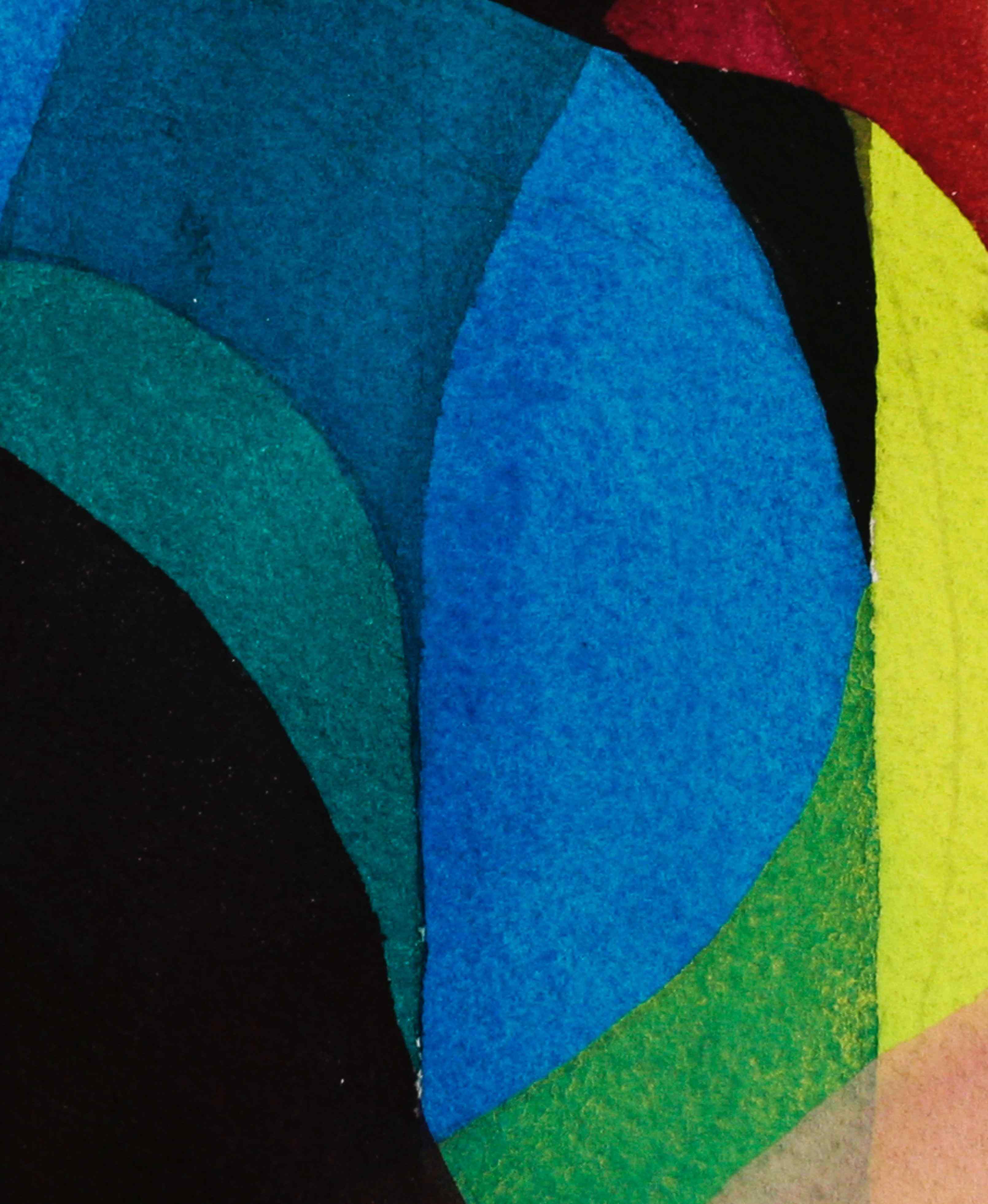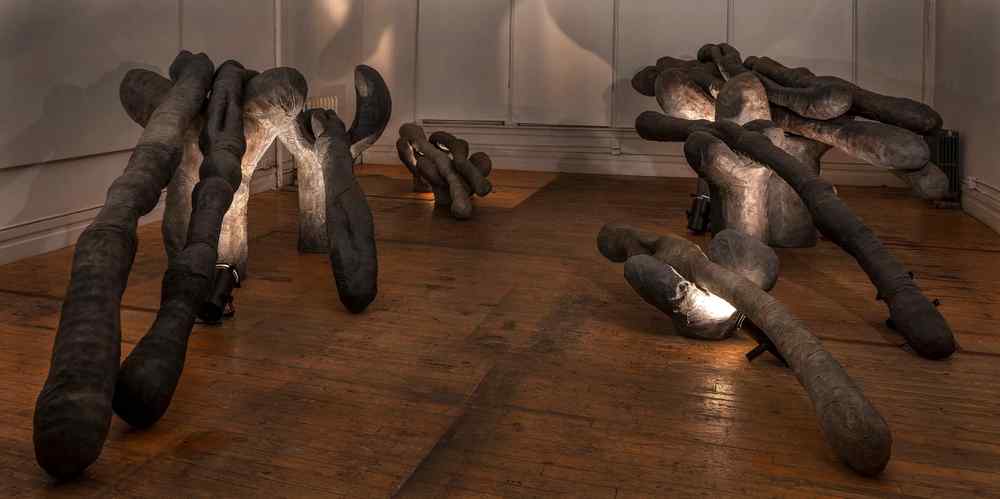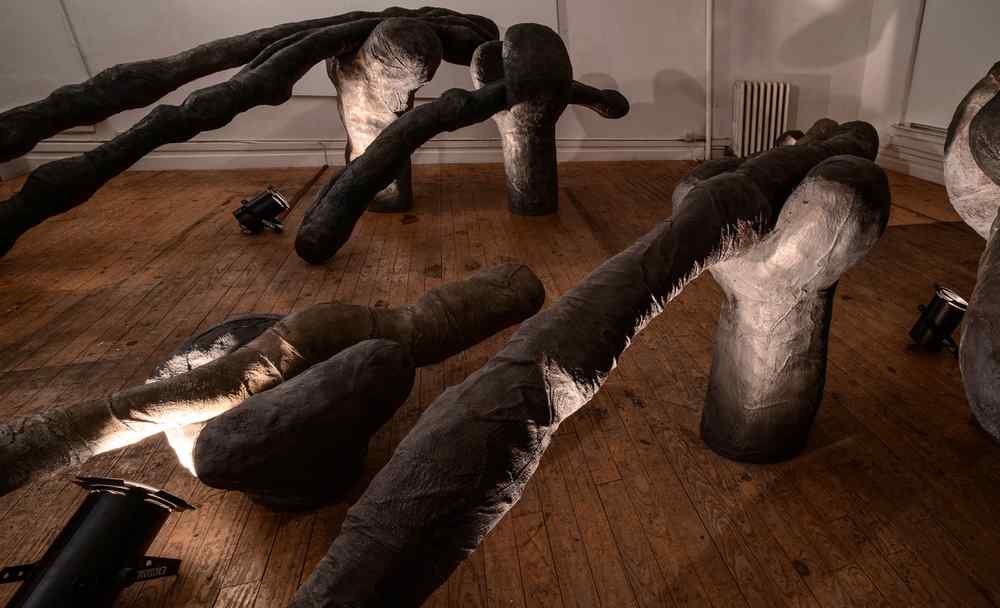- Exhibition Title
- Across the Bering Strait at Mary Ann Unger Estate
- Show Type
- Solo
- Curator
- Alexandra Schwartz, Ph.D
- Venue
- Mary Ann Unger Estate
- Year
- 2018
- Location
- New York, NY
Press Release
This large-scale sculpture was conceived over a two year period from 1992– 1994 and is being installed for the first time since 2001.
Additional works by Mary Ann Unger, Eve Biddle, and Geoffrey Biddle will be on view.
Curated by Alexandra Schwartz, Ph.D, Independent Curator and Scholar of Modern and Contemporary Art, remarks at 7PM
October 25th, 6–8 PM
5 East Third Street, 8th Floor, New York 10003
The Mary Ann Unger Estate is delighted to present selections from the artist’s monumental 1992–94 work Across the Bering Strait, a singularly ambitious example of early installation art that has not been on public view since 2001. The installation originally comprised a series of thirty-four large-scale sculptures that, while abstract, suggest figures moving in unison through space; twenty-one of those are presented here. Each over ten feet long, the individual works are comprised of post-and-lintel-like forms, recalling prostrate human bodies and reminiscent, the artist suggested, of the traditional Pietà. She described the work as a meditation on migration: across continents, through history, and within individual lives—a topic with urgent resonance today. In a New York Times review, Vivien Raynor wrote that Across the Bering Strait’s “blend of the erotic and the macabre represents a climax [in Unger’s work] that had been building since the mid-1980s,” and in Sculpture Magazine, George Melrod called it “expansive … redemptive…and a forceful realization of her uncompromising vision.”
Unger made these works using an innovative technique in which she wrapped steel armatures with cheesecloth soaked in Hydrocal, a plaster. She then used rasps, files, sandpaper, her hands, and other tools to achieve a richly textured finish, which was augmented, in turn, by wax, graphite, and / or pigment. The stage lighting used in this presentation approximates Unger’s original lighting scheme, contributing to a sense of solemnity and otherworldliness. The original installation was also accompanied by an original score comprised of indigenous chants though the existing soundtrack recordings are of poor quality and could not be used here.
Unger made this installation during her prolific mid-career, by which time she had already produced a large body of work, exhibited widely, received abundant press coverage, and won a Guggenheim Fellowship, which funded Across the Bering Strait’s creation. Coming of age in the late 1960s, Unger described her work as post-minimalist, combining the serial practices of minimalism with an interest in organic form, gender, and the body—issues with which, as a 1970s-era feminist, she was deeply engaged. While she undertook many public art projects and worked extensively on paper, her sculptural work stood at the heart of her practice. Across the Bering Strait represented a breakthrough to a new phase in her artistic development, but it ultimately proved to be a valedictory work, for she died in 1998 at the age of 53.


